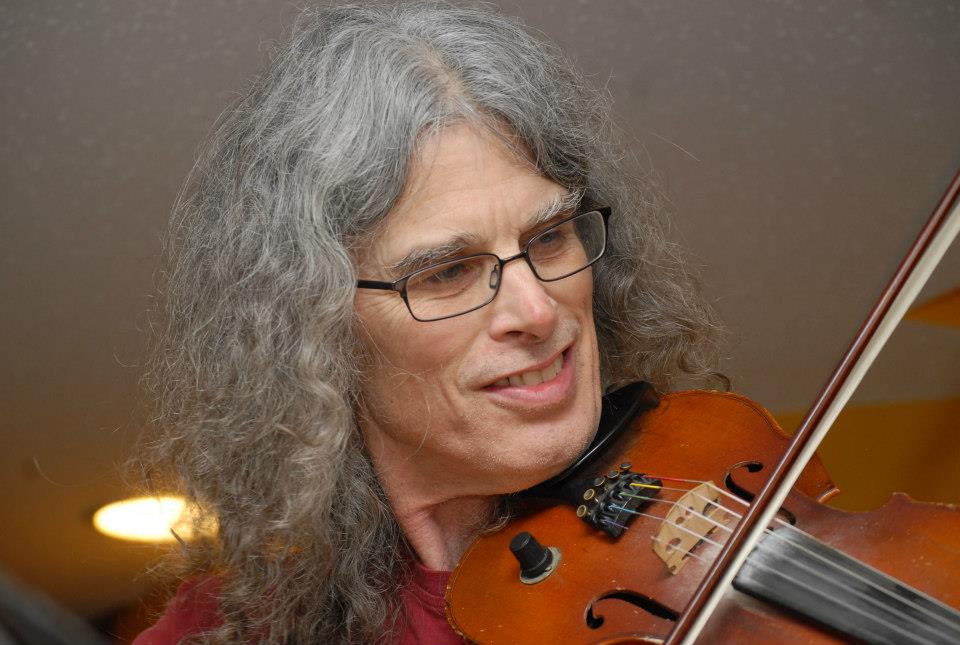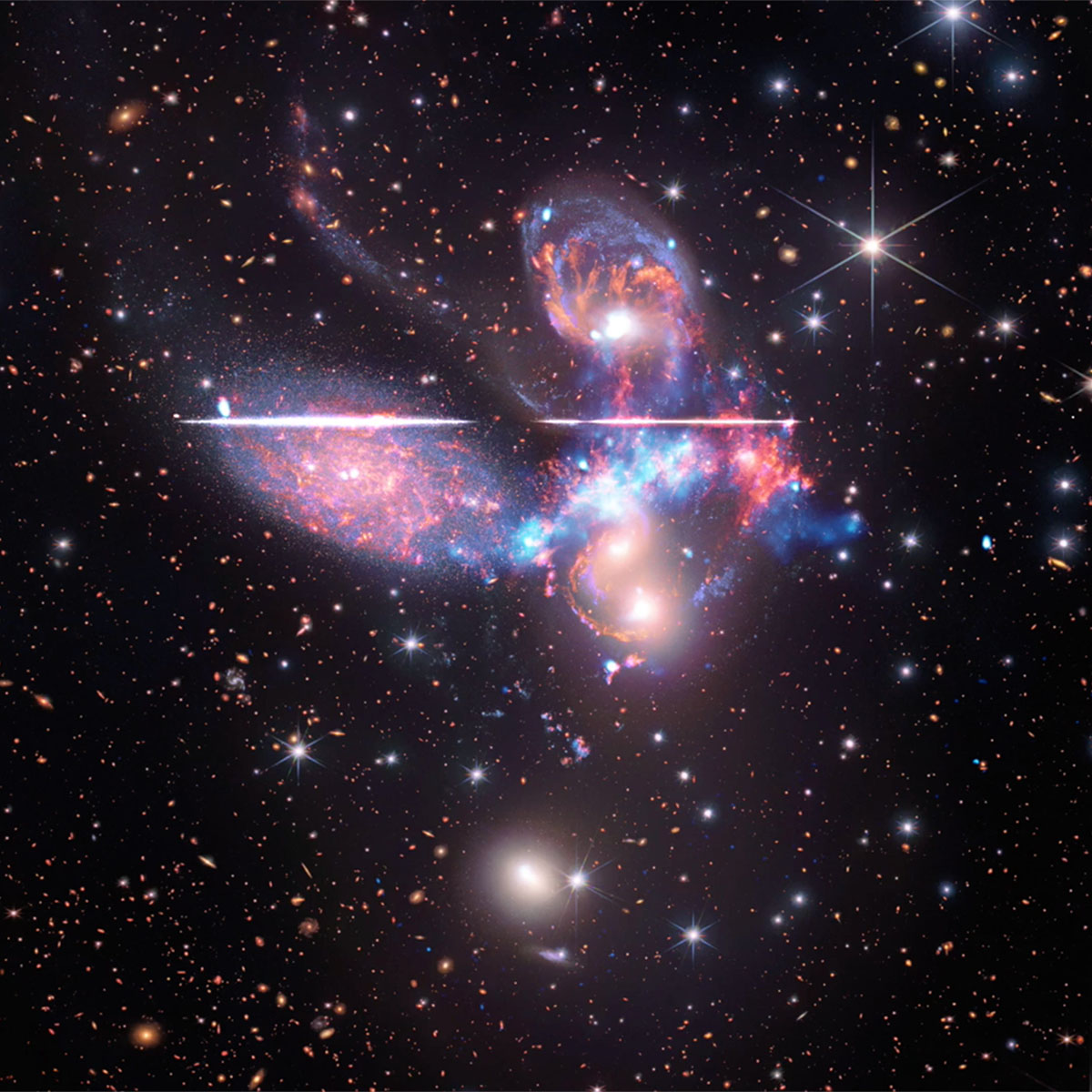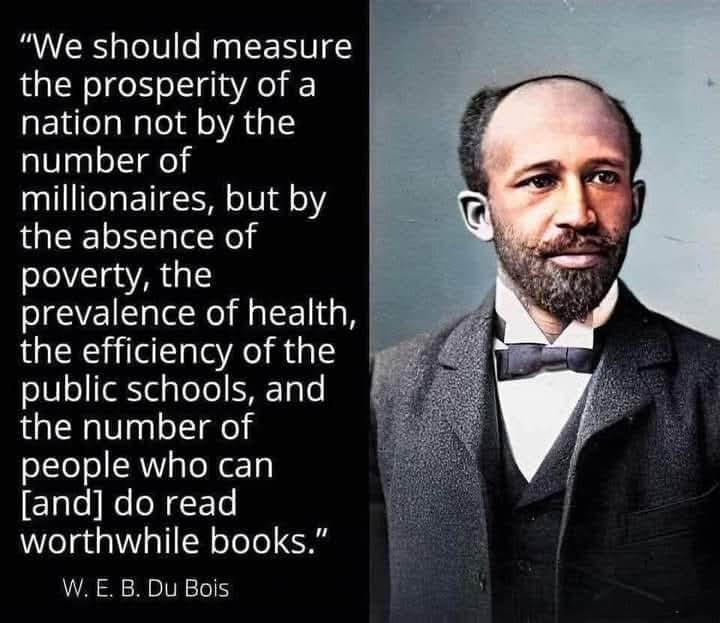Blog
Earl Eugene Scruggs (January 6, 1924 – March 28, 2012) was an American musician noted for popularizing a three-finger banjo picking style, now called “Scruggs style“, which is a defining characteristic of bluegrass music. His three-finger style of playing was radically different from the traditional way the five-string banjo had previously been played. This new style of playing became popular and elevated the banjo from its previous role as a background rhythm instrument to featured solo status. He popularized the instrument across several genres of music.
Scruggs’ career began at age 21 when he was hired to play in Bill Monroe‘s band, the Blue Grass Boys. “Bluegrass” eventually became the name for an entire genre of country music. Despite considerable success with Monroe, performing on the Grand Ole Opry and recording classic hits such as “Blue Moon of Kentucky“, Scruggs resigned from the group in 1948 because of their exhausting touring schedule. Fellow band member Lester Flatt resigned as well, and he and Scruggs later paired up in the duo Flatt and Scruggs. Scruggs’ banjo instrumental “Foggy Mountain Breakdown” was recorded in December 1949 and released in March 1950. The song became an enduring hit. The song experienced a rebirth of popularity to a younger generation when it was featured in the 1967 film Bonnie and Clyde. The song won two Grammy Awardsand, in 2005, was selected for the Library of Congress’ National Recording Registry of works of unusual merit.
Flatt and Scruggs brought bluegrass music into mainstream popularity in the early 1960s with their country hit “The Ballad of Jed Clampett“, the theme music for the television sitcom The Beverly Hillbillies—the first Scruggs recording to reach number one on the Billboard charts. Over their 20-year association, Flatt and Scruggs recorded over 50 albums and 75 singles. The duo broke up in 1969, chiefly because, while Scruggs wanted to switch styles to fit a more modern sound, Flatt was a traditionalist who opposed the change and believed doing so would alienate a fan base of bluegrass purists. Although each of them formed a new band to match their visions, neither of them ever regained the success they had achieved as a team.
Scruggs received four Grammy awards, a Grammy Lifetime Achievement Award and a National Medal of Arts. He became a member of the International Bluegrass Music Hall of Fame and was given a star on the Hollywood Walk of Fame. In 1985, Flatt and Scruggs were inducted together into the Country Music Hall of Fame and named, as a duo, number 24 on CMT‘s “40 Greatest Men of Country Music”. Scruggs was awarded a National Heritage Fellowship by the National Endowment for the Arts, the highest honor in the folk and traditional arts in the United States. Four works by Scruggs have been placed in the Grammy Hall of Fame. After Scruggs’ death in 2012 at age 88, the Earl Scruggs Center was founded in Shelby, North Carolina, near his birthplace with the aid of a federal grant and corporate donors. The center is a $5.5 million facility that features the musical contributions of Scruggs and serves as an educational center providing classes and field trips for students.
more...Live church service on Sunday 1-5-25 with music director Van Nixon accompanied by Kathy Nixon, Onesmo Kibira and mick laBriola

The Drum Cage
Complete Service
more...
Sunday January 5th 2025 10am service conducted by Van Nixon with Kathy Nixon, Onesmo Kibira and mick laBriola.
more...Stephan’s Quintet is a visual grouping of five galaxies of which four form the first compact galaxy group ever discovered. The group, visible in the constellation Pegasus, was discovered by Édouard Stephan in 1877 at the Marseille Observatory.The group is the most studied of all the compact galaxy groups. The brightest member of the visual grouping (and the only non-member of the true group) is NGC 7320, which has extensive H II regions, identified as red blobs, where active star formation is occurring.
Four of the five galaxies in Stephan’s Quintet form a physical association, a true galaxy group, Hickson Compact Group 92, and will likely merge with each other. Radio observations in the early 1970s revealed a filament of emission between the galaxies in the group. This same region is also detected in the faint glow of ionized atoms seen in the visible part of the spectrum as a green arc. NGC 7320/19/18/18A/17. 290mly

Samuel Cornelius Phillips (January 5, 1923 – July 30, 2003 Florence, AL) was an American disc jockey, songwriter and record producer. He was the founder of Sun Records and Sun Studio in Memphis, Tennessee, where he produced recordings by Elvis Presley, Roy Orbison, Jerry Lee Lewis, Carl Perkins, Johnny Cash, and Howlin’ Wolf. Phillips played a major role in the development of rock and roll during the 1950s, launching the career of Presley. In 1969, he sold Sun to Shelby Singleton.
Phillips was the owner and operator of radio stations in Memphis; Florence, Alabama; and Lake Worth Beach, Florida. He was also an early investor in the Holiday Inn chain of hotels and an advocate for racial equality, helping to break down racial barriers in the music industry.
more...Elizabeth “Libba” Cotten (née Nevills; January 5, 1893 – June 29, 1987) was an influential American folk and blues musician. She was a self-taught left-handed guitarist who played a guitar strung for a right-handed player, but played it upside down. This position meant that she would play the bass lines with her fingers and the melody with her thumb. Her signature alternating bass style has become known as “Cotten picking”. NPR stated “her influence has reverberated through the generations, permeating every genre of music.”
Her album Folksongs and Instrumentals with Guitar (1958), was placed into the National Recording Registry by the Library of Congress, and was deemed as “culturally, historically, or aesthetically significant”. The album included her signature recording “Freight Train“, a song she wrote in her early teens. In 1984, her live album Elizabeth Cotten Live!, won her a Grammy Award for Best Ethnic or Traditional Folk Recording, at the age of 90. That same year, Cotten was recognized as a National Heritage Fellowby the National Endowment for the Arts. In 2022, she was posthumously inducted into the Rock and Roll Hall of Fame, as an early influence.
more...Alvin Ailey Jr. (January 5, 1931 – December 1, 1989 Rogers, TX) was an American dancer, director, choreographer, and activist who founded the Alvin Ailey American Dance Theater (AAADT). He created AAADT and its affiliated Alvin Ailey American Dance Center (later Ailey School) as havens for nurturing Black artists and expressing the universality of the African-American experience through dance.
Ailey’s work fused theater, modern dance, ballet, and jazz with Black vernacular, creating hope-fueled choreography that continues to spread global awareness of Black life in America. Ailey’s choreographic masterpiece Revelations is recognized as one of the most popular and most performed ballets in the world.
On July 15, 2008, the United States Congress passed a resolution designating AAADT a “vital American cultural ambassador to the World”. That same year, in recognition of AAADT’s 50th anniversary, then Mayor Michael Bloomberg declared December 4 “Alvin Ailey Day” in New York City, while then-Governor David Paterson honored the organization on behalf of New York State.
more...Paul Wertico (born January 5, 1953, in Chicago, Illinois) is an American drummer. He gained recognition as a member of the Pat Metheny Group from 1983 until 2001,leaving the group to spend more time with his family and to pursue other musical interests. After Pat Metheny heard the Simon & Bard Group with Wertico and bassist Steve Rodby, he invited both to join his band. During his time with Metheny, Wertico played on ten albums and four videos, appeared on television, and toured around the world. He won seven Grammy Awards (for “Best Jazz Fusion Performance,” “Best Contemporary Jazz Performance,” and “Best Rock Instrumental Performance”), magazine polls, and received several gold records.
more...Frank Wellington Wess (January 4, 1922 – October 30, 2013 KC, MO) was an American jazz saxophonist and flutist. He was renown for his extensive solo work; however, he was also remembered for his time playing with Count Basie’s band during the early 1950s into the early 1960s. Critic Scott Yanow described him as one of the premier proteges of Lester Young, and a leading jazz flutist of his era—using the latter instrument to bring new colors to Basie’s music.
more...Earth’s orbit around the Sun is not a circle, it’s an ellipse. The point along its elliptical orbit where our fair planet is closest to the Sun is called perihelion. This year perihelion is today, January 4, at 13:28 UTC, with the Earth about 147 million kilometers from the Sun. For comparison, at aphelion on last July 3 Earth was at its farthest distance from the Sun, some 152 million kilometers away. But distance from the Sun doesn’t determine Earth’s seasons. It’s only by coincidence that the beginning of southern summer (northern winter) on the December solstice – when this H-alpha picture of the active Sun was taken – is within 14 days of Earth’s perihelion date. And it’s only by coincidence that Earth’s perihelion date is within 11 days of the historic perihelion of NASA’s Parker Solar Probe. Launched in 2018, the Parker Solar Probe flew within 6.2 million kilometers of the Sun’s surface on 2024 December 24, breaking its own record for closest perihelion for a spacecraft from planet Earth.

John McLaughlin (born 4 January 1942), also known as Mahavishnu, is an English guitarist, bandleader, and composer. A pioneer of jazz fusion, his music combines elements of jazz with rock, world music, Western classical music, flamenco, and blues. After contributing to several key British groups of the early 1960s, McLaughlin made Extrapolation, his first album as a bandleader, in 1969. He then moved to the U.S., where he played with drummer Tony Williams‘s group Lifetime and then with Miles Davison his electric jazz fusion albums In a Silent Way, Bitches Brew, Jack Johnson, Live-Evil, and On the Corner. His 1970s electric band, the Mahavishnu Orchestra, performed a technically virtuosic and complex style of music that fused electric jazz and rock with Indian influences.
McLaughlin’s solo on “Miles Beyond” from his album Live at Ronnie Scott’s won the 2018 Grammy Award for the Best Improvised Jazz Solo. He has been awarded multiple “Guitarist of the Year” and “Best Jazz Guitarist” awards from magazines such as DownBeat and Guitar Player based on reader polls. In 2003, he was ranked 49th in Rolling Stone magazine’s list of the “100 Greatest Guitarists of All Time“. In 2009, DownBeat included McLaughlin in its unranked list of “75 Great Guitarists”, in the “Modern Jazz Maestros” category. In 2012, Guitar World magazine ranked him 63rd on its top 100 list. In 2010, Jeff Beck called McLaughlin “the best guitarist alive”, and Pat Metheny has also described him as the world’s greatest guitarist. In 2017, McLaughlin was awarded an honorary doctorate of music from Berklee College of Music.
more...More Posts
- Dizzy Gillespie Day
- Don Byas Day
- World Music with ANA ALCAIDE
- Daily Roots with Culture Ft Joseph Hill
- The Cosmos with NGC 6543
- Tom Petty Day
- Eddie Harris Day
- Willie Jones Jr Day
- Jelly Roll Morton Day
- World Music with Domog (Домог)
- Israel Vibration
- RHYTHM ROOTS RESIDENCY Performance MIA 10-19-18
- The Cosmos with Sh2-132
- Masabumi Kikuchi Day
- Piano Red Day
- World Music with Cameron de las Isla y Paco de Lucia
- Daily Roots with Burning Spear
- 2018 Beau Koo Jacks-Everything I Do Gonna Be Funky 1-25-2018 @ the Amsterdam Benefit for Tom Zosel
- The Cosmos with IC 4628
- Esperanza Spalding Day


